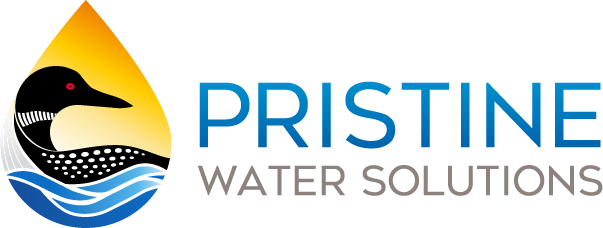Water softeners are devices used to remove mineral content from water. They use a process called ion exchange to turn hard water into soft water. Hard water can have adverse effects on the plumbing systems of your home or building. The use of water softeners can reduce these effects. Additionally, they have many other benefits, especially to homeowners.
Hard Water
Most water found in nature is hard. Hard water has a high mineral content, predominantly calcium and magnesium. Rain water and melting snow percolate through limestone and other rocks on the journey to subterranean aquafers. Consequently, it picks up calcium and magnesium particles along the way. This creates hard water.
Most water in Manitoba and Northwestern Ontario is extremely hard. If you have a private well, you have experienced the appearance of scale—that white crusty material staining your water fixtures. Homes on municipal water aren’t exempt. It is treated by the municipalities, but most still have water considered hard.
Hard water is hard on your home—and hard on your family. Plumbing fixtures and appliances are affected by hard water, reducing their efficiency and lifespan. You’ll spend more time cleaning your home and use more detergents and soaps. Hard water is tough on skin and hair, especially in our cold prairie winters.
Click here to read Hard Water in Manitoba and NW Ontario.
Water Softening
The most common method for removing hardness to create soft water is with water softeners. They use a process called ion exchange. This removes the calcium and magnesium particles, turning it from hard into soft water.
Water softeners have a media bed of ion-exchange resins. They are coated with sodium from salt water drawn from its brine tank. Hard water passes through the media bed where its calcium (Ca2+) and magnesium (Mg2+) ions swap places with the sodium (Na+) ions. As a result, water that flows out of the water softener is now calcium- and magnesium-free. Soft water will now fill the pipes throughout the home.
Water softeners run a scheduled regeneration (backwash) based upon the hardness of the water and its usage. The media bed is flushed of the calcium and magnesium ions and a new coating of brine water replenishes the sodium. The cycle starts over again, happening seamlessly with little operator involvement. All you need to do is maintain the salt level in the brine tank.



